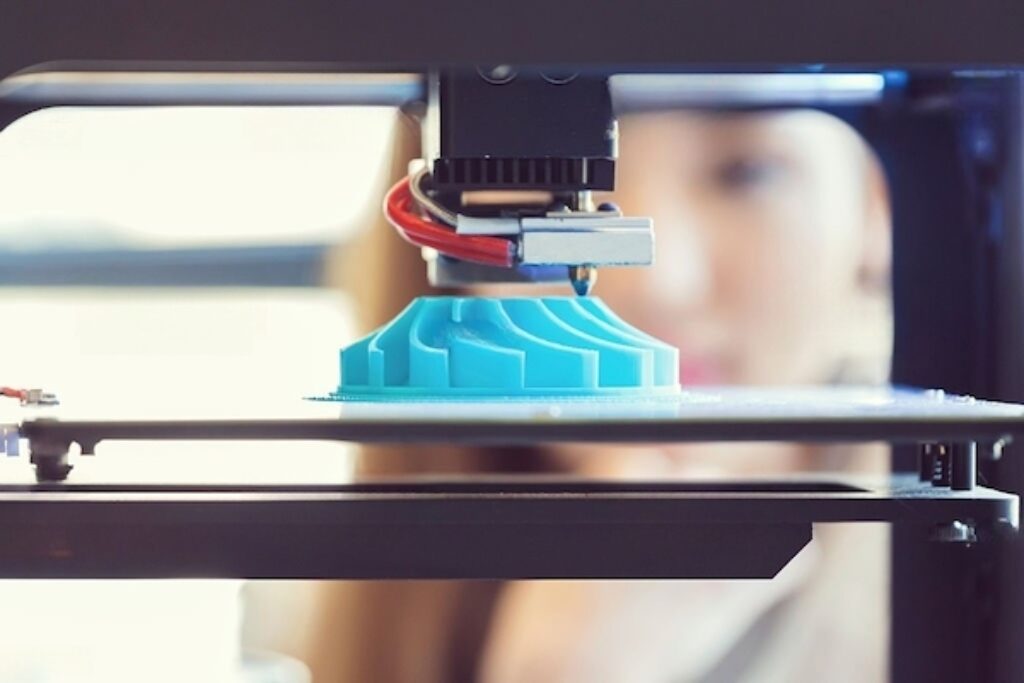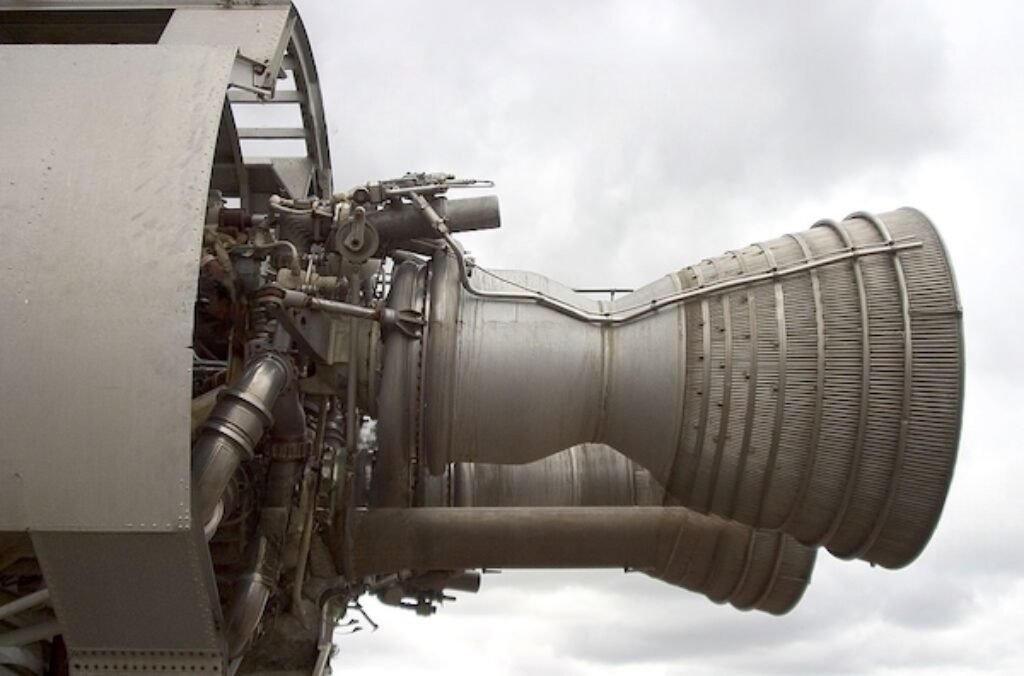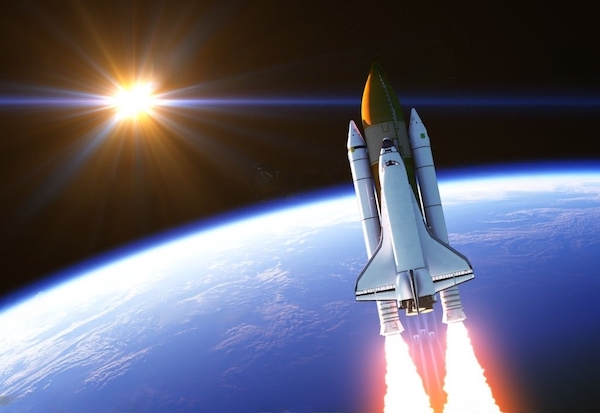
The aerospace industry has gone a long way from the famous flight of the Wright Brothers to the modern commercial space race. As technology develops, so do the methods used to produce and build airplanes. Now comes 3D printing, a cutting-edge manufacturing technique that might completely change the way aircraft is produced. Layer by layer, 3D printing, commonly referred to as rapid additive manufacturing, produces items from computer blueprints.
This cutting-edge approach has numerous benefits over conventional manufacturing processes, including the capacity to swiftly and affordably manufacture complicated and lightweight parts.
In this article, we’ll look at the existing and possible uses of 3D printing in the aerospace industry, the materials that are frequently used for 3D printing, and potential future developments that might transform the industry.
Table of Contents
Advantages of 3D Printing in Aerospace
Cost-effective
3D printing is a reasonably priced choice for aerospace firms. Companies can make complicated products using 3D printing without spending a lot of money on molds and tooling. Particularly during the development phase of new goods, this results in considerable financial savings.
Lightweight components
Aerospace equipment must be lightweight to increase fuel economy and lower emissions, and 3D printing makes it possible to make components that are both light and robust.
Improved customization
Very specialized aircraft parts that are catered to particular needs may be produced using 3D printing.
Rapid manufacturing
Rapid aircraft component production on demand is made possible by 3D printing, which is particularly advantageous for maintenance and replacement parts.
Flexibility in design
3D printing allows for the creation of intricate geometries and shapes that are difficult or impossible to create using traditional production methods. Because of this design flexibility for the aerospace sector, it is now easier to innovate and create new products and components.
3D printing enables the fabrication of complicated geometries and forms that are challenging or impossible to construct using conventional manufacturing techniques. The ability to innovate and develop new products and components is increased because to this design flexibility for the aerospace industry.
Less Waste
The use of conventional manufacturing techniques may produce a lot of garbage that is both expensive to dispose of and detrimental to the environment. Contrarily, 3D printing creates parts and components with a lot less waste, lessening its impact on the environment while also saving money.
Current Applications of 3D Printing in Aerospace
- Manufacturing rocket engine parts
From 2013, NASA has produced components for its Space Launch System (SLS) rocket engines using 3D printing. They have developed intricate pieces using selective laser melting (SLM) technologies that are challenging to build the old-fashioned way.
- Prototyping and testing
Before parts are mass manufactured, rapid prototyping services are used to swiftly build and test parts. With the A350 XWB aircraft, Airbus, for instance, has created prototype parts using 3D printing.
- Repairs
Replacement components for airplanes that are no longer being produced are being created using 3D printing. For instance, the US Air Force has used 3D printing/ rapid prototyping to create replacement parts for the 1969-vintage C-5 Galaxy aircraft.
- Creating lightweight parts
Aerospace industries may now manufacture intricately shaped parts that would be impossible or challenging to manufacture using conventional techniques. For instance, Boeing employed 3D printing to create titanium brackets for the 787 Dreamliner that are 40% more affordable to build and 30% lighter than conventional brackets.
- Rapid additive manufacturing
Aerospace businesses are utilizing 3D printing for rapid additive manufacturing to make parts on-demand and cut lead times. Honeywell Aerospace, for example, has utilized 3D printing to make parts for its jet engines, cutting lead times from months to weeks.
Materials Used in 3D Printing for Aerospace
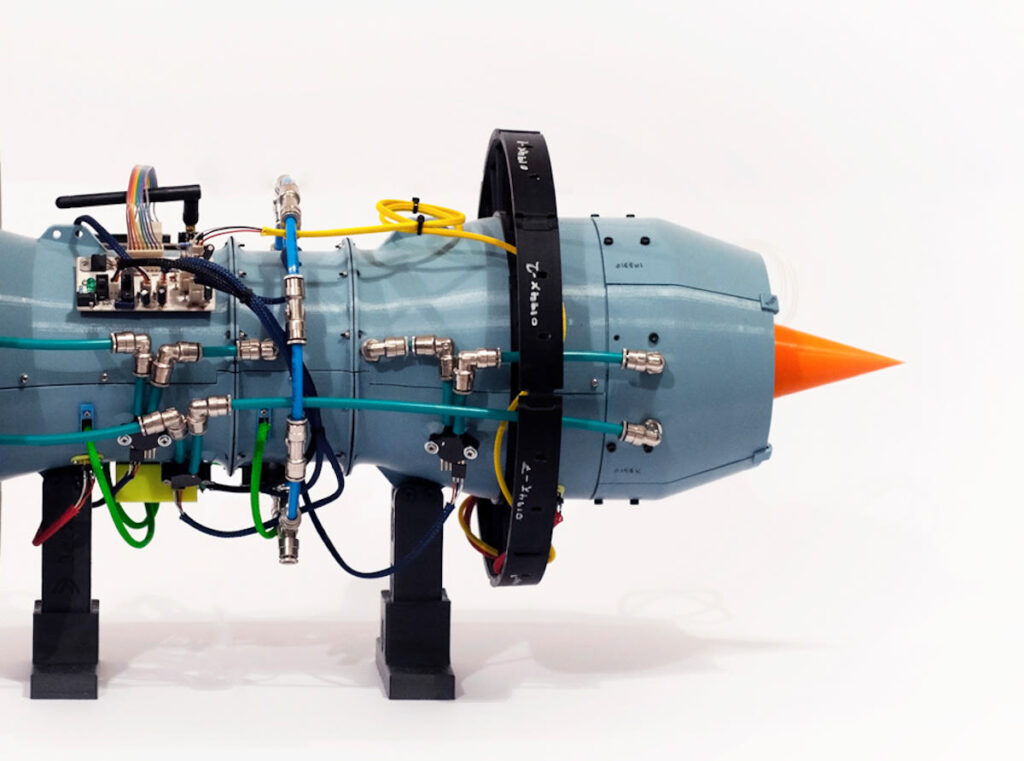
Source: hubs.com
Materials used often in 3D printing for airplanes include titanium, composites, and aluminum alloys.
Titanium is ideally suited for usage in aircraft components because of its outstanding corrosion resistance, high temperature resistance, and great strength-to-weight ratios. Contrarily, composites blend many elements to form a hybrid substance that has certain characteristics like light weight, high strength, and fatigue resistance.
Aluminum alloys are also widely used because of their high strength-to-weight ratios, low cost, and simplicity of application. Its use in crucial components is nonetheless constrained by their lesser strength as compared to titanium and composites.
Based on the unique needs of each project, it is important to weigh the advantages and limits of the various materials used in 3D printing for aerospace. Titanium has special qualities, but because of its expensive price, prototyping services cannot use it. Composites, on the other hand, can be costly, challenging to print, and pricey. While affordable and convenient, aluminum alloys are less strong than other materials.
Innovations and Future Potential of 3D Printing in Aerospace
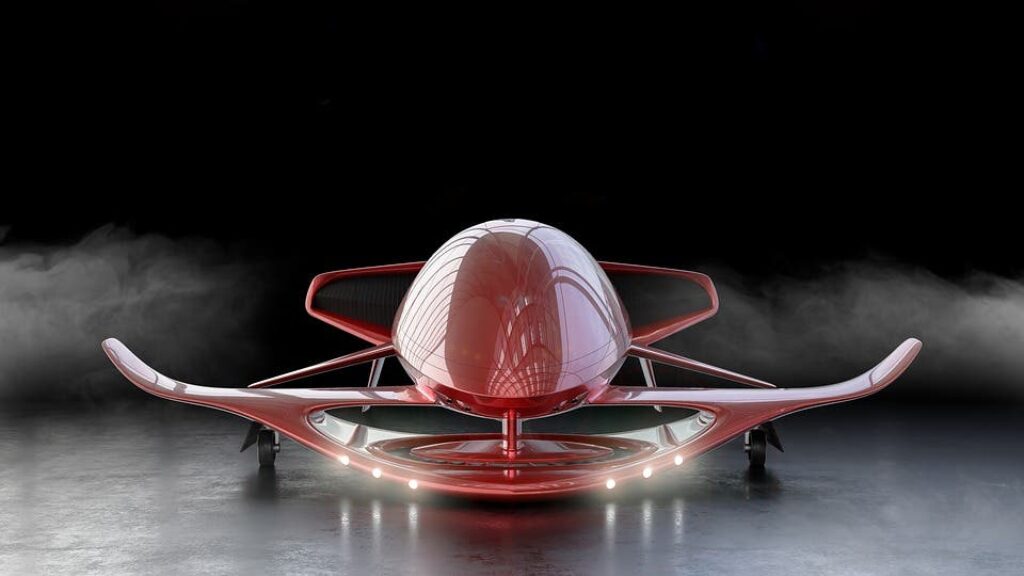
Source: additive-x.com
The use of 3D printing in aircraft has already produced promising results and has a huge array of future improvements. The invention of metal 3D printing, which allows for the creation of stronger and lighter metal components that are crucial for the aerospace sector, is one of the major advancements in 3D printing technology for the industry. Performance and efficiency are increased because to the use of complicated geometries that are not possible to produce using conventional techniques.
Another area where 3D printing is having a significant impact is rapid prototyping and production. Rapid additive manufacturing, facilitated by 3D printing, is both faster and more efficient than traditional manufacturing processes. Making complex and specialized parts more inexpensive not only speeds up manufacturing but also reduces costs.
The aerospace industry’s potential for 3D printing extends beyond production and into space exploration. NASA has been investigating the potential of 3D printing to create tools, components, and even dwellings on Mars, where typical manufacturing processes are impractical.
3D printing has enormous future potential in the aerospace sector since new materials and technologies are continually being developed. Because of the use of advanced materials like composites and ceramics in 3D printing, the production of airplane components, for example, is predicted to undergo a revolution. These materials have excellent mechanical properties, which makes them ideal for use in high-performance aircraft components.
Conclusion
Finally, 3D printing has completely changed the aerospace sector by enabling the production of lightweight, individualized, and affordable aircraft components. Because to the technology’s many advantages over conventional manufacturing processes, such as quick manufacture, enhanced customization, and lightweight components, it is a desirable replacement.
The production of tooling, lightweight components, rocket engine components, prototypes, and testing are all now done via 3D printing. Titanium, composites, and aluminum alloys are materials utilized in 3D printing for aircraft, each having specific benefits and restrictions.
The aerospace sector, which stands to gain substantially from this cutting-edge technology, has a bright future with additional developments in metal 3D printing.

